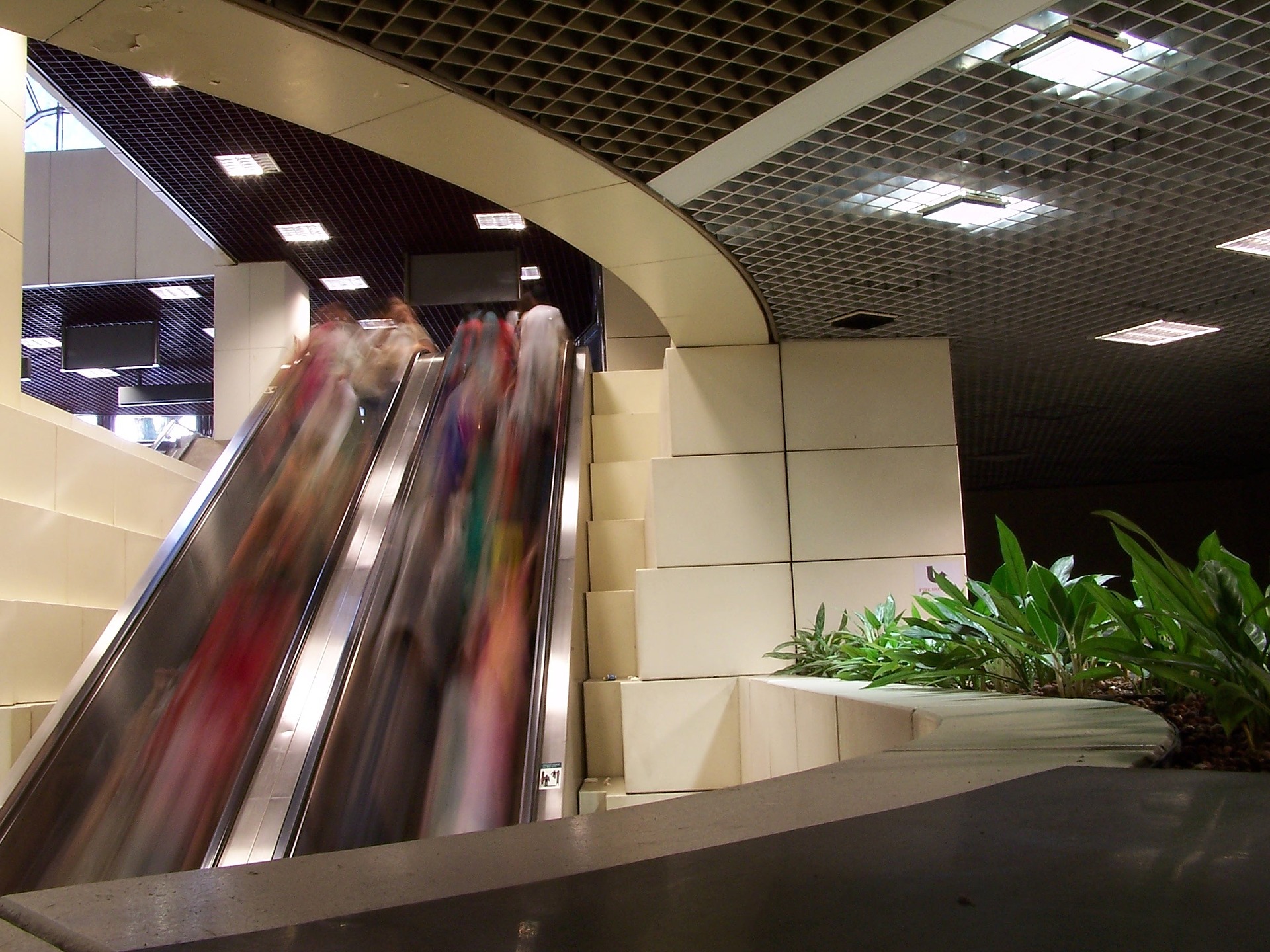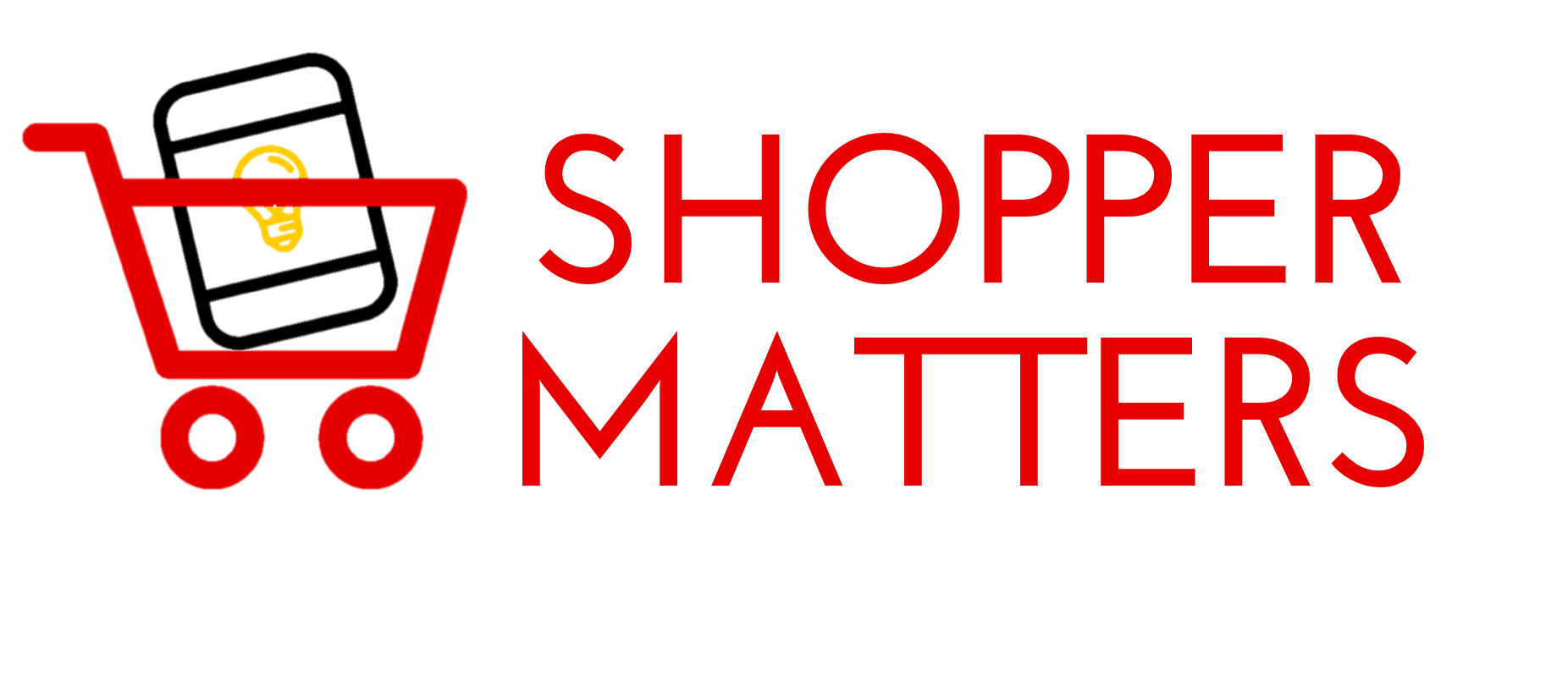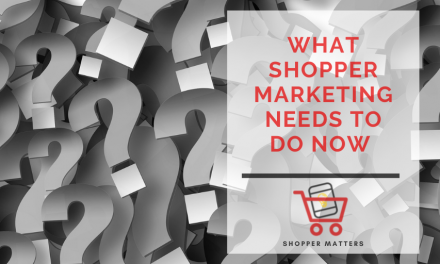Anybody who hasn’t noticed that the U.S. retail industry is in the midst of the biggest disruption in its history has either pulled a “Rip Van Winkle,” asleep for the past 10 years, or has their head deeply ensconced in the sand.
The news from just the last 30 days has merely served to further seal the deal. With Target’s sales down 5.8% in 2016, and the company planning to invest $7B in stores, lower prices and forfeit $1BN in operating profit, their stock took a major hit.
At the same time, Kroger’s 52-quarter streak of positive sales ended with a -0.7% comp sales decline, hit by food deflation and increased competition from discounters. Macy’s is closing 100 underperforming stores and the iconic Sears & Kmart brands are on life support. In the face of all this, Aldi and Lidl, the UK category killers, will open 700+ stores in the U.S. over the next 5 years.
WHAT IS CAUSING RETAIL DISRUPTION?
This retail disruption is largely driven by the triple whammy of Amazon’s unrelenting focus on making the purchase decision seamless, rapidly evolving technology, and the fragmentation of a U.S. population that has chosen to shop very differently than in the past.
And that is dramatically impacting the CPG community and the resources that support it.
How to deal with this is becoming a critical challenge. Companies that follow the old school mind set of “This is how we do things around here” will struggle in the face of rapid, relentless change. Based on this environment, coupled with increasing margin pressure, suppliers need to embrace new strategies to stay relevant.

STAYING RELEVANT IN THE FACE OF CHANGING RETAIL ENVIRONMENT
The first step is creating a comprehensive ecosystem of external partners.
These resources will not be chosen based on low cost, but on high value. Ideal partners will have both a relevant marketplace perspective and a relentless focus on providing innovative, cutting-edge, capabilities and services.
Partners will need to work seamlessly together to identify and drive value-added programming to both retailers as well as shoppers, who increasingly are looking for “new value” and buying products in new and different ways.
Secondly, manufacturers have to embrace the strategy of “fail fast, fail cheap.” In this new world of rapid change, there is no way to be “on trend.” In fact, you are either ahead of the curve or behind it. Fast followers will be left in the dust!
Both of these evolving strategies require a very different view of the world.
Suppliers will become partners and sit firmly at the strategic table. An innovation pipeline will be identified, and new technologies, programming and approaches to the marketplace will be embraced and tested rapidly— either to be discarded or implemented. There may even be a new role in the organization: “Vice President of Innovation & Execution.”
bottom line: old ways of doing business are no longer acceptable.
In fact, they now may be damaging. Dramatic marketplace disruption is mandating new approaches to both consumers and evolving distribution channels. To not respond is to fall behind, and perhaps become irrelevant as new upstart brands, categories and programming are embraced by a rapidly evolving consumer.
As Jack Welch once said, “When the rate of change on the outside exceeds the rate of change on the inside, the end is near.”





